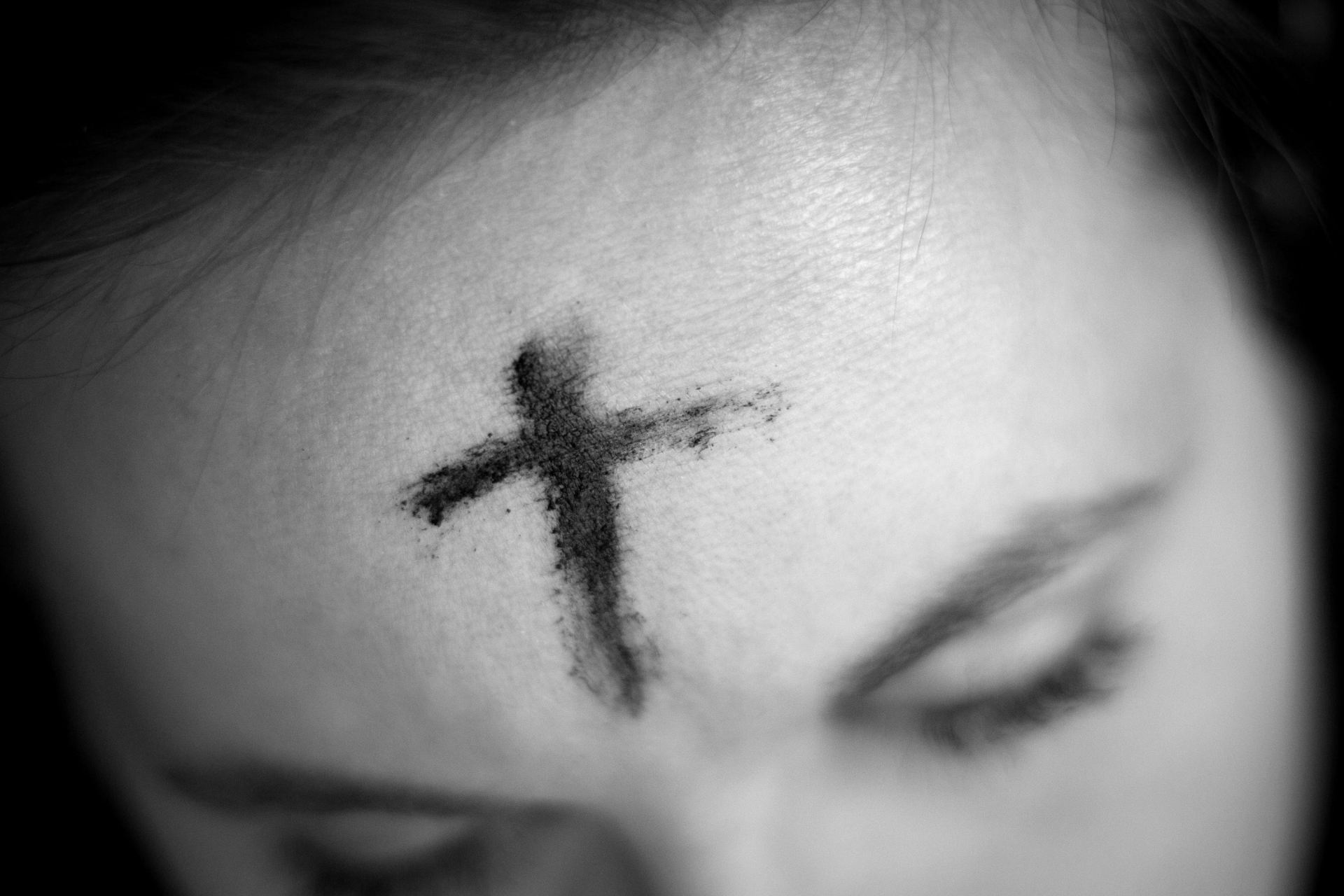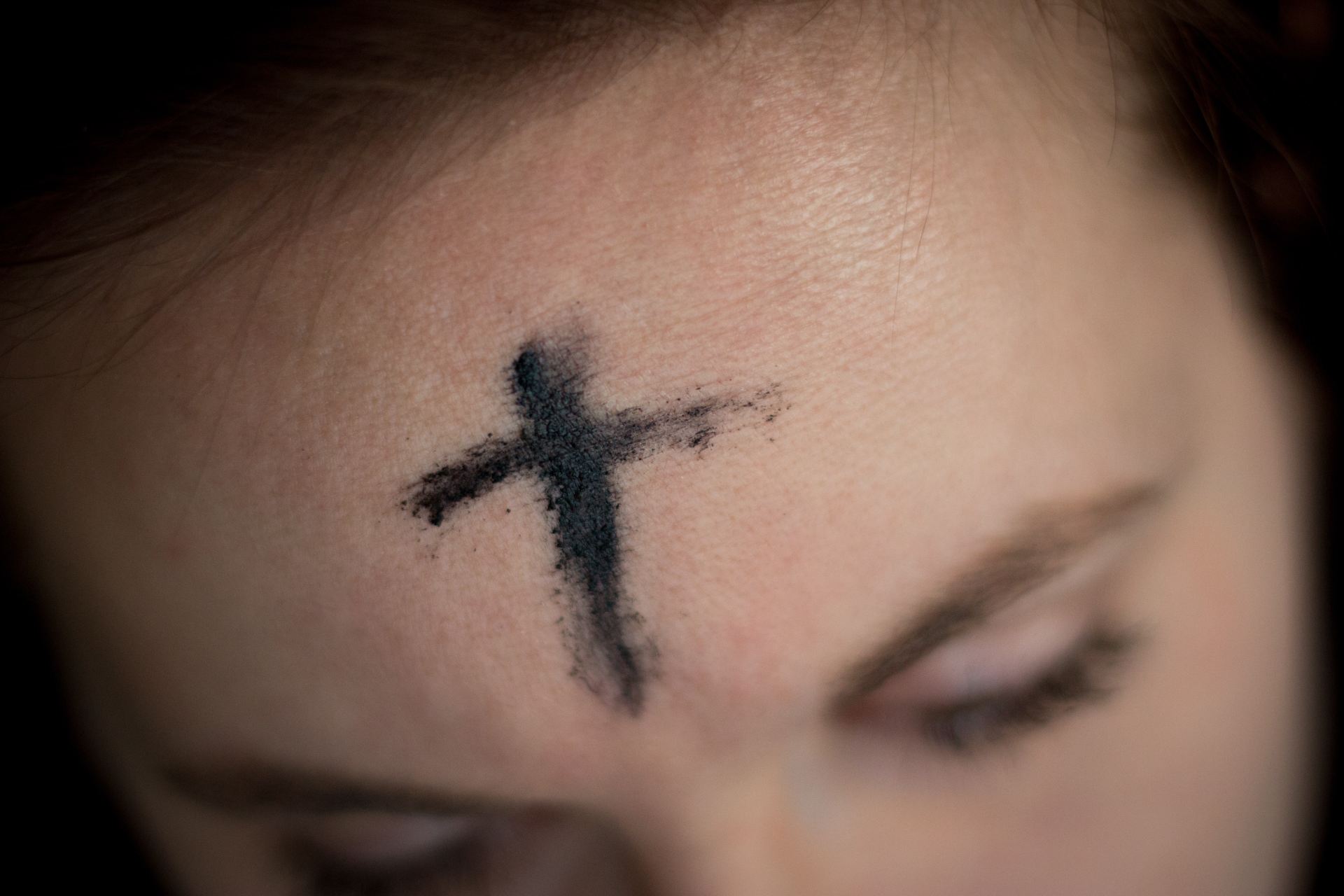Hi everyone my name is Hannah and I'm a third year student studying Biomedical Science. I'll be starting my MSc in Data Science and Applied Analytics next year. Outside of university I've really enjoyed teaching myself to crochet over the…

Ash Wednesday
Ash Wednesday is celebrated annually and this year took place on the 22nd of February. Occurring on the Wednesday 6…
March 1, 2023,
read.
Ash Wednesday is celebrated annually and this year took place on the 22nd of February. Occurring on the Wednesday 6 weeks before Easter Sunday, it marks the beginning of Lent. Lent is a period of 40 days, not including Sundays, where people will often give something up they love, such as chocolate or drinking alcohol. This is a period of self-reflection and abstinence, symbolising the 40 days and nights Jesus spent in the Judean Desert. Ash Wednesday also immediately follows Shrove Tuesday, or Pancake day as it’s more commonly known. Since people traditionally gave up luxury foods, like milk, eggs and sugar – the perfect ingredients for pancake batter! It is clear why it became traditional to make them on this day.

Ash Wednesday is observed by many of the denominations of Christianity, with traditions dating back centuries. The beginnings and history surrounding the holy day are unclear, however, it is thought to have originte as it does today around the 4th century. The practices surrounding Lent have evolved over time, originally being quite strict with worshippers allowed only one meal a day in the evening, with fish, eggs, butter and meat being forbidden.
The day is typically observed with church services all over the world. Christians will have crosses marked on their foreheads with ash, or sprinkled over their heads, both of these symbolise repentance. The ash is traditionally made up of palm leaves from the previous year’s service for Palm Sunday. The palm leaves are mixed with oil or holy water after being burnt and kept safe until the Ash Wednesday service. Palm Sunday is the Sunday before Easter and celebrates the entry of Jesus into Jerusalem, where palm leaves were waved in celebration.

When drawing the cross onto the foreheads of the worshippers, a member of the clergy will say “Remember that you are guest, and to dust, you shall return”. This is taken from the bible, where the words were spoken to Adam and Eve after the original sin. It’s there to remind worshippers of their sins whilst also acting as a symbol of repentance in the follow-up to Lent.
When receiving the ash symbol, Christians are saying sorry for their sins, wanting to use the period of Lent to correct these faults and control their desires in anticipation of the celebration of Easter, which symbolises the ultimate victory over death and sin by Jesus.



